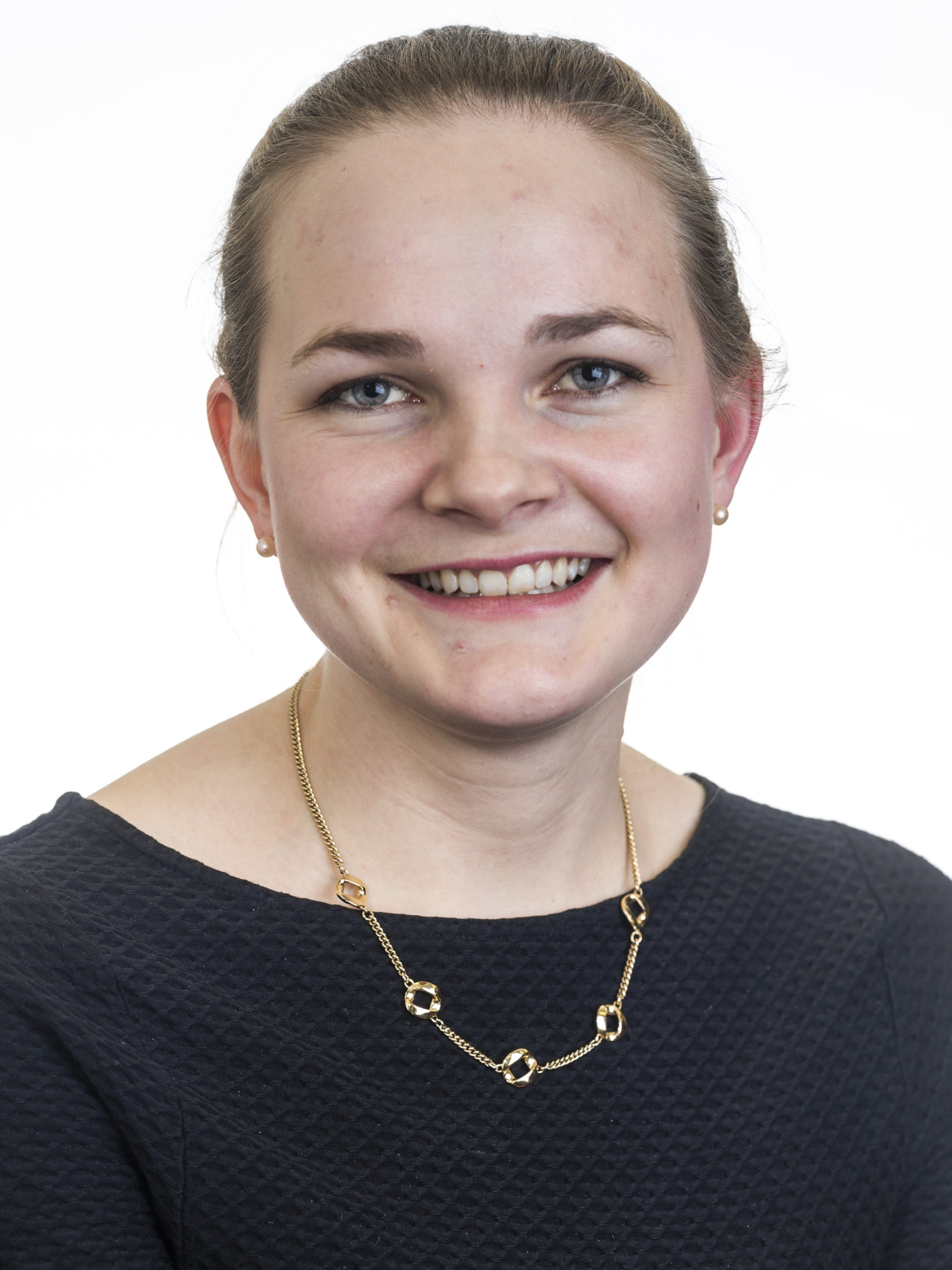Date
- 2024 May 24
- Expired!
Time
- 10:00
Presenter

Rebecca Östmans
More Info
Defence of doctoral thesis: Rebecca Östmans – The properties of hydrated nanocellulose network structures
KTH | WWSC
The defense is taking place at F3, KTH, and is possible to follow via Zoom.
Opponent: Professor Monika Österberg, Aalto University
Supervisor: Professor Lars Wågberg
Abstract:
Long, slender cellulose nanofibrils (CNF) are unique with their high axial modulus, small diameter, high flexibility, and the possibility of chemical tailoring of, among other things, their surface charge density. The objective of this work has been to elucidate how the hydrogel network properties and how their related deformation mechanisms depend on CNF properties, concentration, and chemical environment. In addition, the influence of CNF characteristics on the formation of the structure and properties of isotropic hydrogels, anisotropic hydrogels, and aerogels has been studied.
This was done by combining theoretical models describing the CNF network’s topology and mechanics with high-resolution experiments to validate the theoretical models. Furthermore, the properties of the fibrils have been characterized in detail and linked to the material properties of materials formed from the fibrils. Finally, the CNF networks in this work have been functionalized in two different ways. In the first case, a flow channel was created within the hydrogel network at extremely low CNF concentrations, that could be surface treated with a Layer-by-layer (LbL) methodology with a consecutive addition of oppositely charged polyelectrolytes/nanoparticles to add new functionalities to the channels. Secondly, wet stable aerogels, prepared at higher concentrations of CNFs, were treated using the LbL methodology to adjust the aerogels’ surface structure and surface energy, thereby controlling the liquid spreading rate properties of the formed networks.
The most important findings in this work are that CNF network topology and network mechanics can be described using theoretical, rather non-complicated, elastoplastic models. Furthermore, at lower concentrations of CNFs, the network structure is formed in a more organized way, meaning that the fibrils have the time and freedom to seek their optimal contact points during the network formation from a thermodynamic free energy point of view. It has also been shown that the low-density, wet fibrillar network structures formed by neutralizing the charges of the fibrils deform by sliding in fibril/fibril contacts upon straining the network structure above a critical stress. These fibril/fibril contacts are also shown to be re-established when the stress is released, provided that the networks have not been subjected to a macroscopic collapse. Finally, these cellulose networks show great potential for further functionalization using the LbL modification methodology.

